NaNoTeaMo, Day 25: “Cáscara Té Amo”
When I first started doing “NaNoTeaMo” at the beginning of this month (i.e. a tea blog every day in November), I also chose use it as a hashtag. What I didn’t know was . . . the hashtag was already in use for something else. And I had no clue what it meant.
The hashtag in question was “#NaNoTeAmo” – the “A” was capitalized. It was Spanish for something. I asked my sister – who was fluent – what it stood for.
She said, “Um . . . Nano Loves You (?).”
I dunno who “Nano” is, or who he presumes to love, but I chose to stick with the “NaNoTeaMo” moniker for this little self-challenge, anyway. It was too late to change it up, now. Regardless of how confusing the Spanish derivative of it was. And speaking of confusing Spanish things, that makes a great (if awkward) segue into my next topic.
Cáscara.
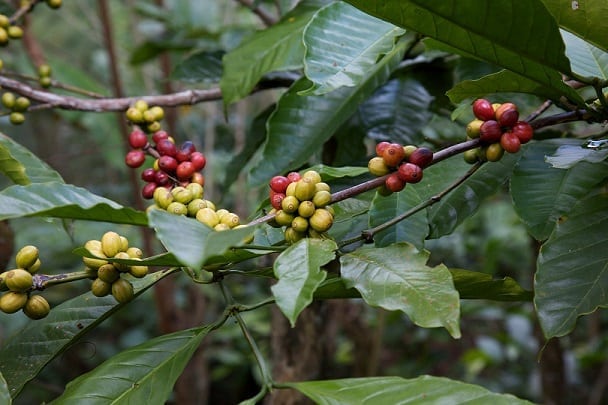
Yeah, I know. This is the second time I’ve talked about coffee in a tea blog in less than a month. But this is technically a tisane, not coffee. Even if it is derived from the coffee plant.
About a year ago, I was having beers with the future Mr. and Mrs. Purvis. (The latter being the deadly smile behind Mizuba Tea.) The mister was a coffee roaster, and the missus informed me of an herbal infusion made from coffee cherry husks called – you guessed it – cáscara. The word was Spanish for “husk”.
For those not in the coffee know (as in, 75% of my readership), coffee beans aren’t really beans at all, but rather seeds. Two seeds are found in the fruit of a coffee plant. In some Latin countries, the shaved coffee cherry pieces are saved, dried, and used for steeping. The result is cáscara “tea”.
Mere days after being told of this, I turned to The Google to locate a place that carried it. My first hit led me to The Red E Café. A few months after that, I took a certain British girl to said coffee shop, and partook of some dried coffee cherries in a teapot.
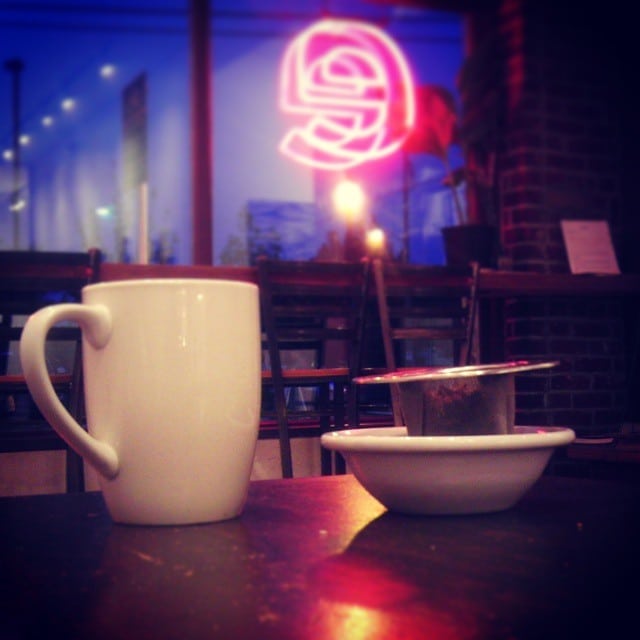
We were both quite wired after that.
The Red E sourced their cáscara from an organic micromill named Las Jalas – part of a farm called Finca San Luis in the Sabanilla de Alajuela region of Costa Rica. The purveyor, Oscar Chacon, was a coffee farmer who inherited his plot of land from his grandparents.
On a random errand-run to North Portland, I made a stop into The Red E to pick up more cáscara. I originally required it for an experiment involving artisanal tea sugars. But I changed my mind, and decided to give it the full me-like brewing punishment it probably didn’t deserve.
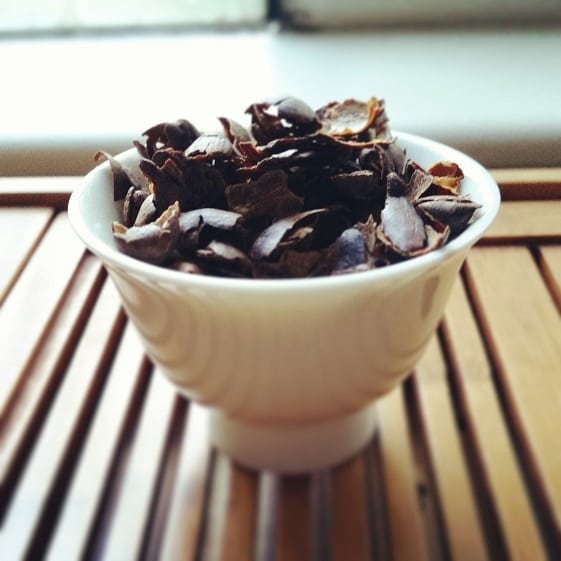
The husks looked like what they set out to be – dried and with a distinct resemblance to a shaved cherry. All similarities to actual cherries end right there, though. I know this sounds idiotic, but when I opened the bag, the dried cherry husks smelled exactly like raisins. Maybe with a hint of chocolate on the back-whiff. That didn’t seem right, but – then again – I didn’t really smell the pre-brewed stuff when I had it the first time.
The recommendations on The Red E page were to take about 1 to 1.5 grams of husk per 1 fluid ounce of water. Then a steep for four minutes. I remember how they brewed it, and the pot they provided was jam-packed with husks. I went a little lighter for nuance’s sake, and simply took 1 tablespoon of husks and added it to a 6oz. gaiwan – similar to gongfu style with a very wiry oolong.
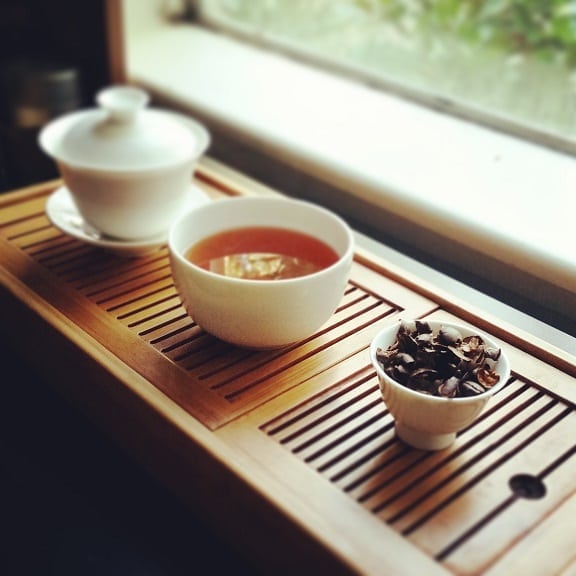
The result was a cherry red-to-Darjeeling brown liquor color. The same aroma of raisins and floral cherry blossoms wafted from the cup. It was a bizarre but beautiful aroma for any tisane; coffee or not. The flavor was as hibiscus-like as I remembered. But with the amount of husks used dialed down a bit, it was like the tartness had been shaved from the hibiscus comparison. It is also worth noting that the beverage jolted me awake – like it took a bullet train straight to my brain and said, “Wake the f**k up!”
In other words, yes, it is very caffeinated.
Maybe it’s just the tea drinker in me talking, but with an energizing, tasty tisane like this . . . why drink coffee?
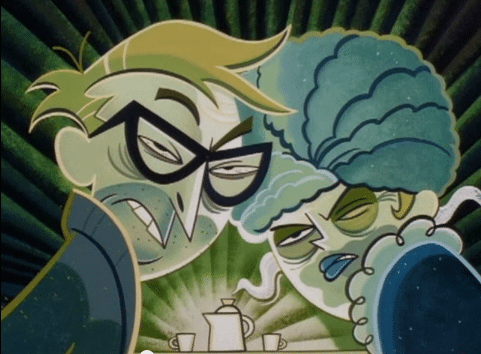
Don’t answer that.
And, lastly . . . yes, I know the title of this blog is not proper Spanish.
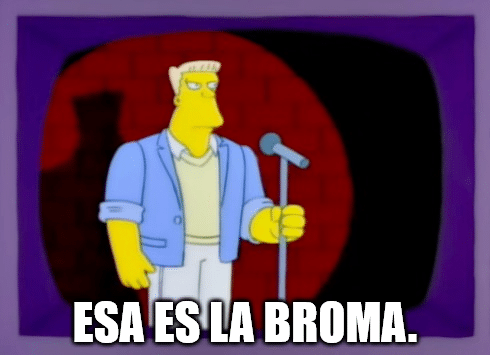
Leave a Reply